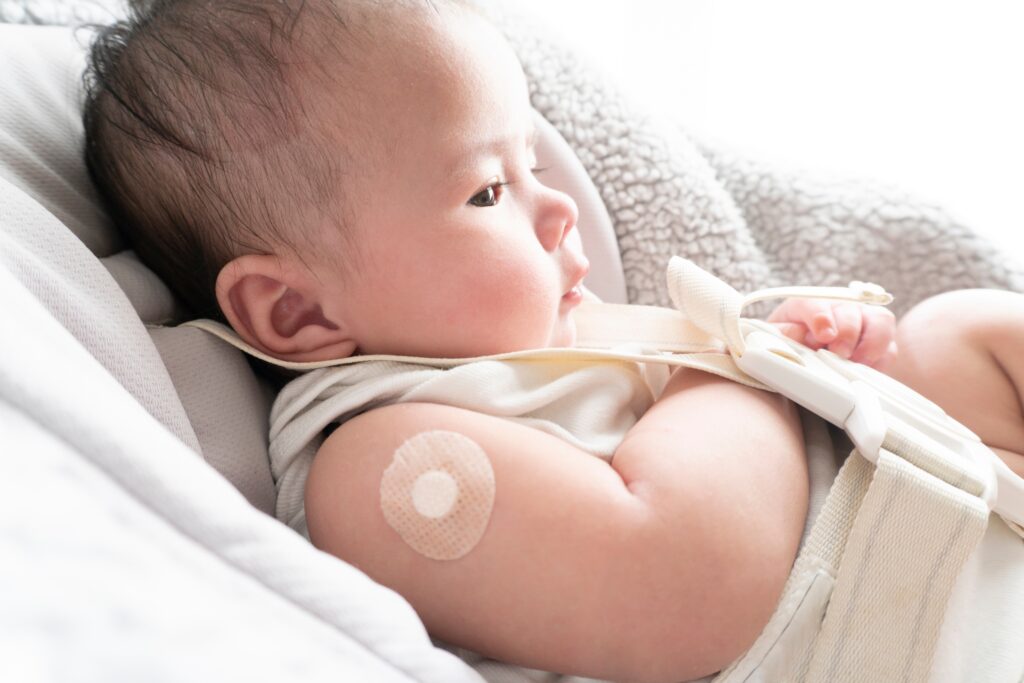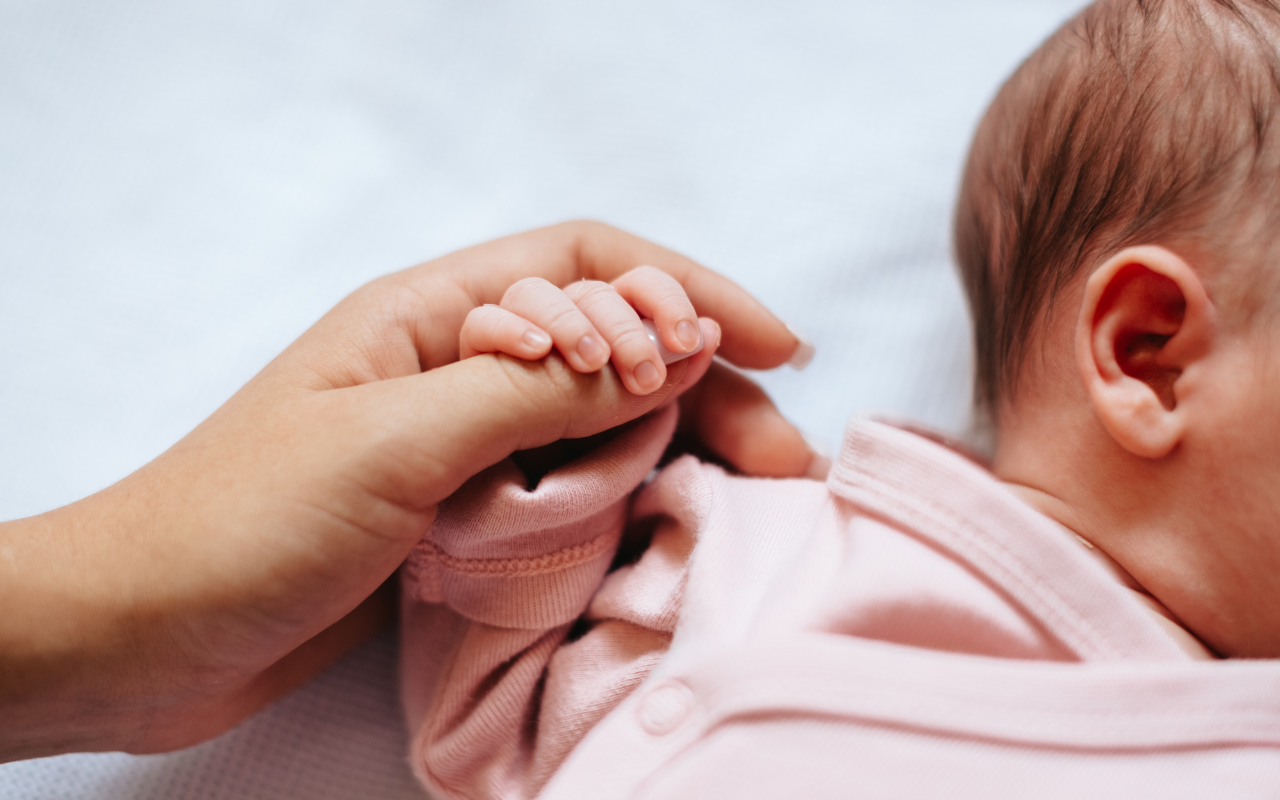The landscape of respiratory syncytial virus (RSV) in Australia has rapidly evolved, thanks to new vaccines and a rollout of state and national immunisation programs.
A narrative review published in the Medical Journal of Australia examines the current landscape and future directions of respiratory syncytial virus (RSV) preventives in Australia.
RSV is a major cause of acute lower respiratory tract infections, and disproportionally impacts children under the age of 4, who represent 50% of RSV hospitalisations.
In November 2023, the long-acting monoclonal antibody nirsevimab was registered with the Therapeutic Goods Administration (TGA) for prevention of RSV-related infections in children under two years of age.
Shortly after, in March 2024, a maternal RSV vaccine, Abrysvo, was registered with the TGA for prevention of RSV-related infections in infants under 6 months of age.
The narrative review authors describe the availability of these vaccines as “an era defining advancement in RSV prevention.”
“Both nirsevimab and Abrysvo have demonstrated substantial potential in reducing hospitalisation rates and mitigating long term health care costs associated with RSV infections in infants,” Sam Barnett of Monash University and co-authors wrote.

Significant impacts seen worldwide
The narrative review authors examined worldwide data on the safety and efficacy of nirsevimab, which is now approved in 35 countries.
A study conducted in Luxembourg in 2023, with an immunisation coverage of 85%, saw a 69% reduction in RSV-related hospital admissions for infants.
Similar data from Galicia, Spain, reported an estimated 89.8% reduction in RSV-related hospital admissions.
A study from France demonstrated that nirsevimab was 80.6% effective in preventing RSV-related admissions to paediatric intensive care units.
“These findings … [highlight] the substantial reduction in [paediatric intensive care unit] PICU admissions and bronchiolitis hospitalisations following the introduction of nirsevimab,” the authors wrote.
Data on Abrysvo has also been positive, with a trial across 18 countries demonstrating that a single dose of Abrysvo given to pregnant women was 81.8% effective in preventing severe RSV in the first 90 days of their infant’s life.
Western Australia leading the charge at home
Western Australia was the first Australian jurisdiction to announce a state-wide immunisation program, rolling out a government funded all-infant RSV immunisation program with nirsevimab in April 2024.
A research letter published in the Medical Journal of Australia has examined the impact that the immunisation program had on the WA health care system.
“From 2 April 2024, all WA infants born during 1 October 2023 – 30 September 2024 were eligible to receive nirsevimab in primary care services and birthing hospitals, as were Aboriginal children and children with conditions associated with severe RSV disease born during 1 October 2022 – 30 September 2023,” Dr Lauren Bloomfield and co-authors wrote.
“With 71% of nirsevimab-eligible infants receiving RSV prophylaxis during April–September 2024, the number of RSV-associated hospitalisations in WA was 57% lower than expected during May–December 2024, equivalent to one hospitalisation averted per 43 infants immunised.”
“Further, a contemporary case–control study found that nirsevimab was 86.4% effective in averting RSV-associated hospitalisations of infants in WA. As the cost of an infant RSV hospital admission is estimated to be $12 346 to $13 695, averting 505 admissions is likely to have saved $6.2–6.9 million in hospital costs.”
The future of RSV prevention
In 2025, Australia has a national RSV prevention program with free maternal vaccination with Abrysvo and targeted infant protection with nirsevimab.
Analysing the data from this national program will be pivotal in evaluating and refining the national RSV prevention response going forward.
“Program monitoring and evaluation, including cost-effectiveness modelling, from the 2025 RSV [Mother and Infant Protection Program] MIPPs will help guide future decisions regarding the optimal combination of maternal vaccination and nirsevimab,” Barnett and co-authors wrote in their narrative review.
“These studies, which will incorporate Australian-specific data, will evaluate factors such as cost-effectiveness, timing, geographic variability and logistical considerations in relation to administration.”
Successful implementation of RSV prevention programs will depend on maintaining cost effectiveness, addressing parental acceptance and uptake of the vaccines, and ensuring accessibility for groups at increased risk, such as First Nations children.
“An evidence-based approach will be essential to ensure appropriate allocation of resources, tailoring programs to the specific needs of higher risk populations while maximising the economic and health benefits across Australia,” Barnett and co-authors wrote.
Read the narrative review in the Medical Journal of Australia.
Read the research letter in the Medical Journal of Australia.
Subscribe to the free InSight+ weekly newsletter here. It is available to all readers, not just registered medical practitioners.

 more_vert
more_vert
Yes, free vaccine for older people would make a lot of sense, health wise and economically. Not everyone can afford $300
I am an old GP>65 and my wife is over 65 too. We have both risk factors of old age people HTN, T2DM, Chronic bronchitis.I got a patient>70 who suffered from RSV . She got T2DM on Ozempic She was very sick, saw many GPs and specialists and she kept coughing day and night for 3 months even with trial of multiple medications. I agree
with Dr Toogood that free immunisation should be available for old people.
RSV is also a serious disease in older people especially if they they have other risk factors. Free immunisation of this at risk group should be available.